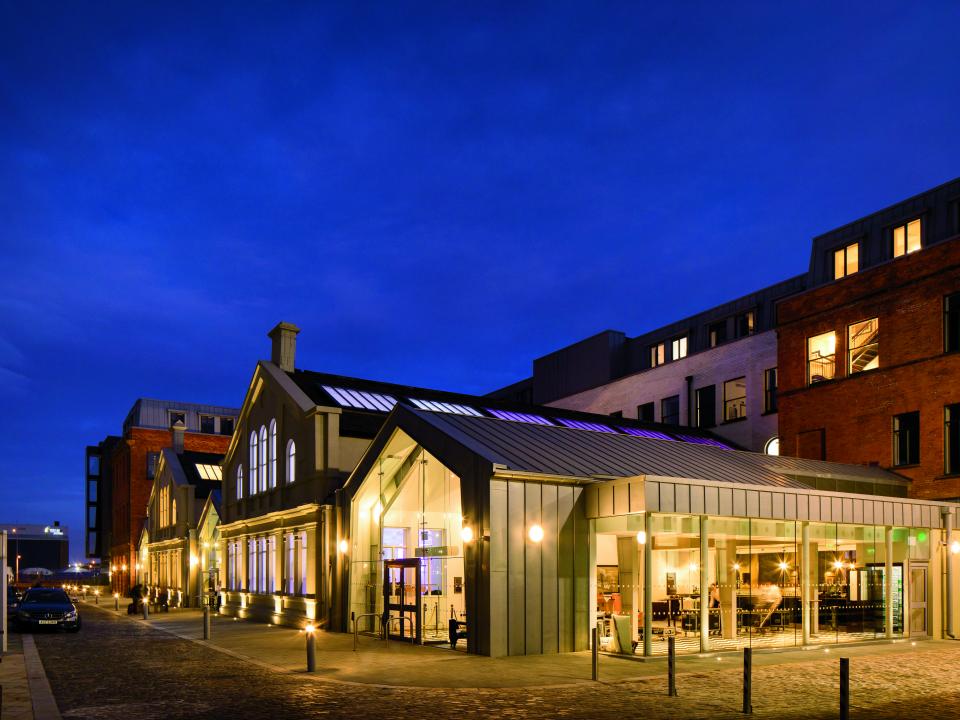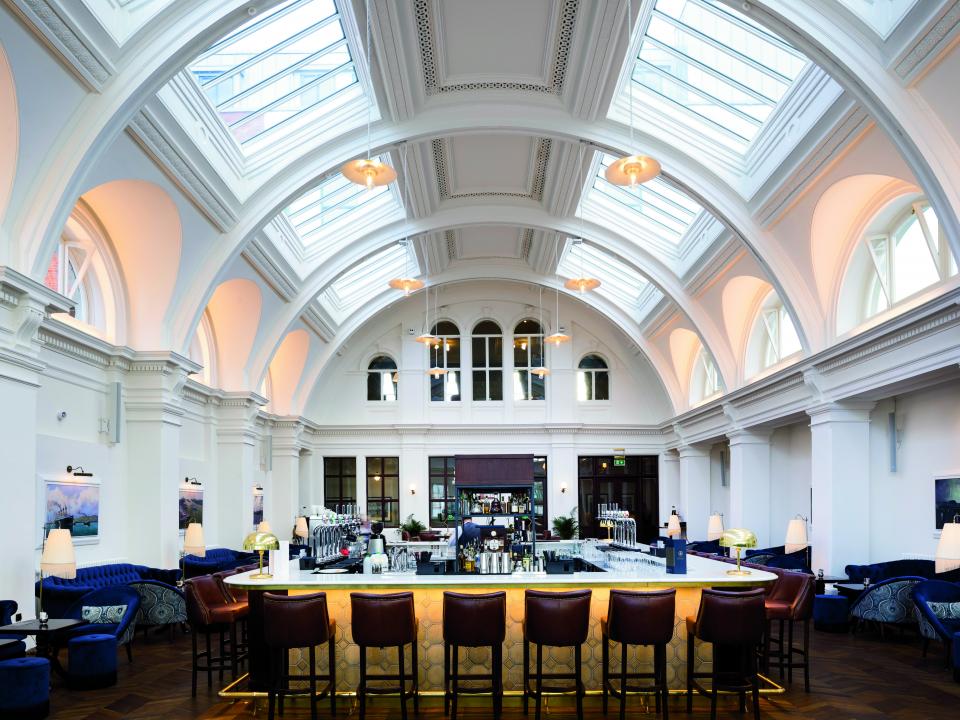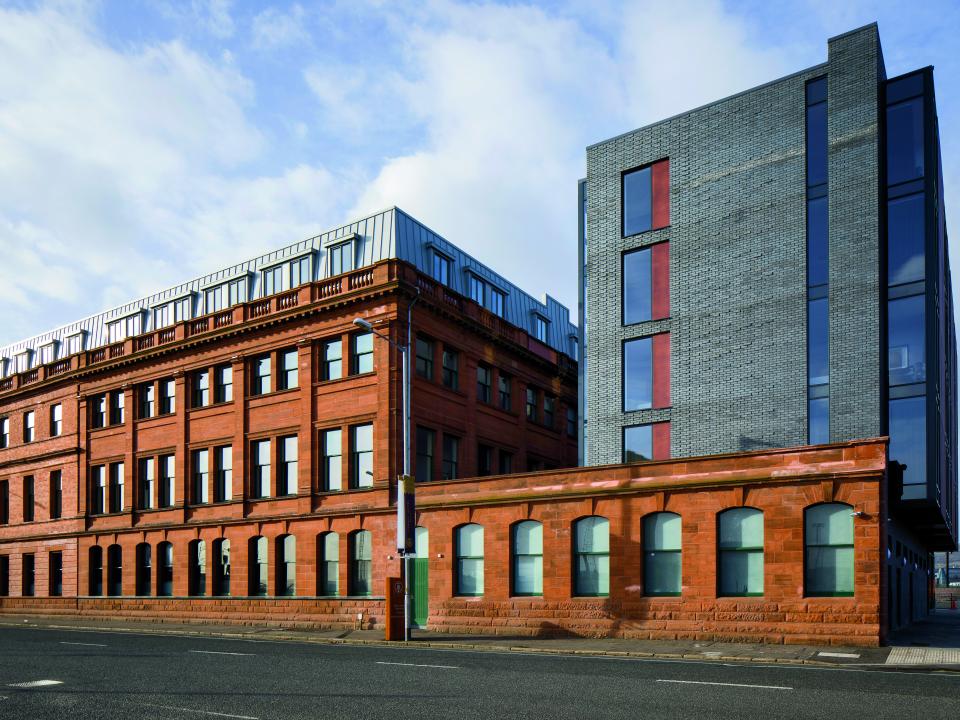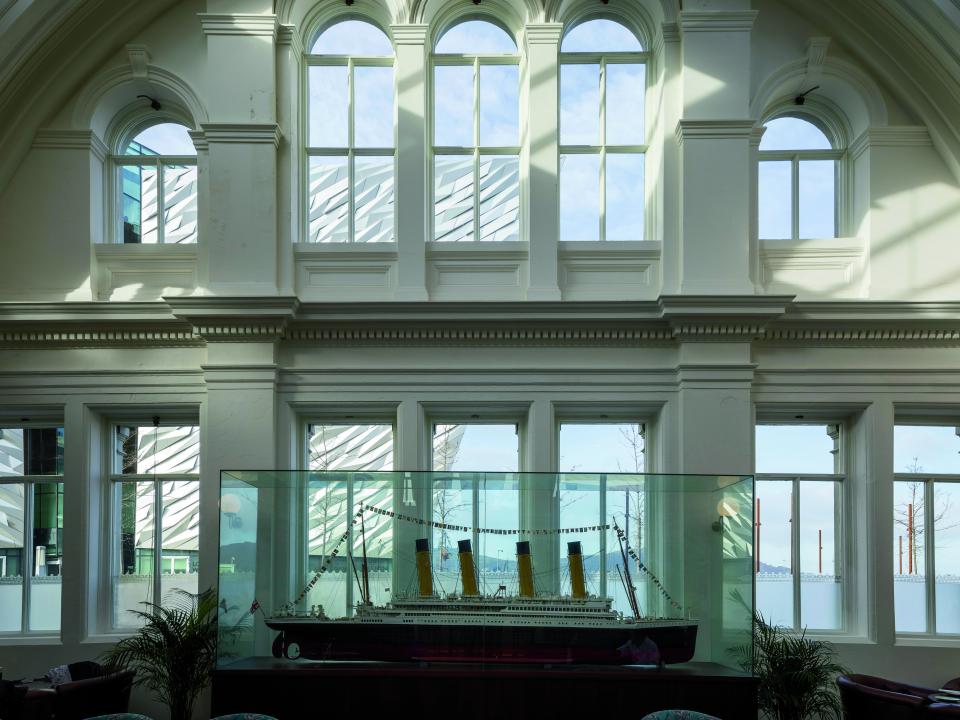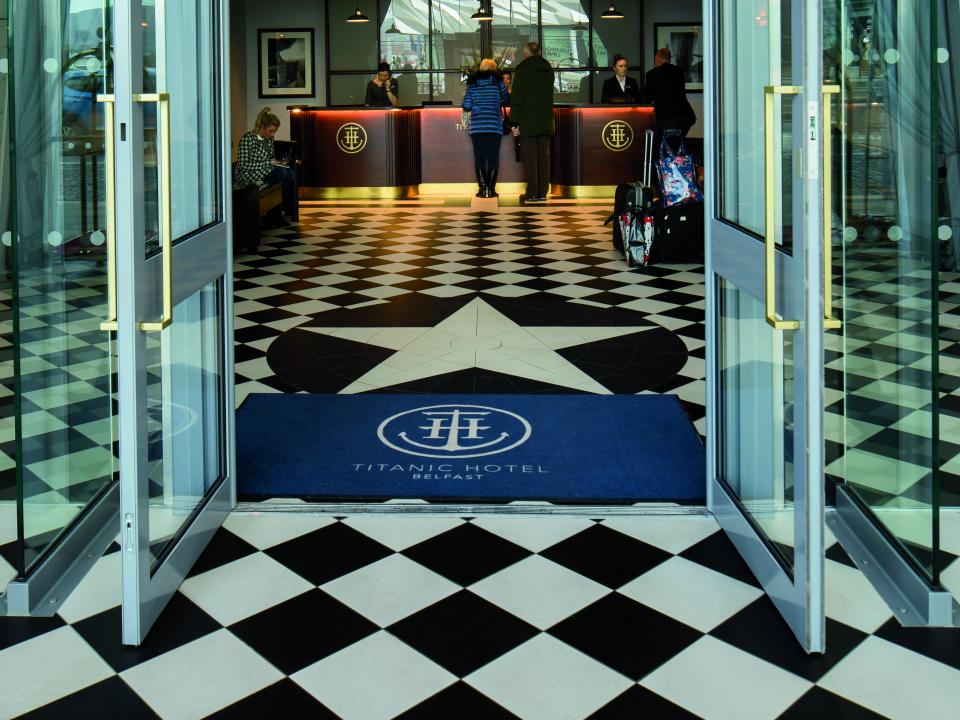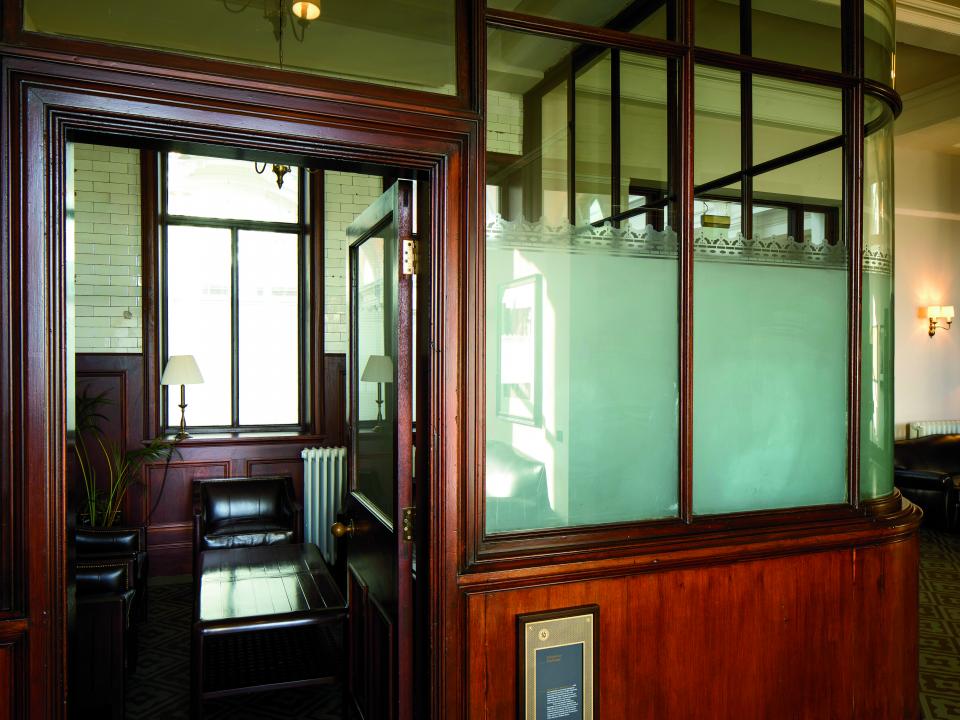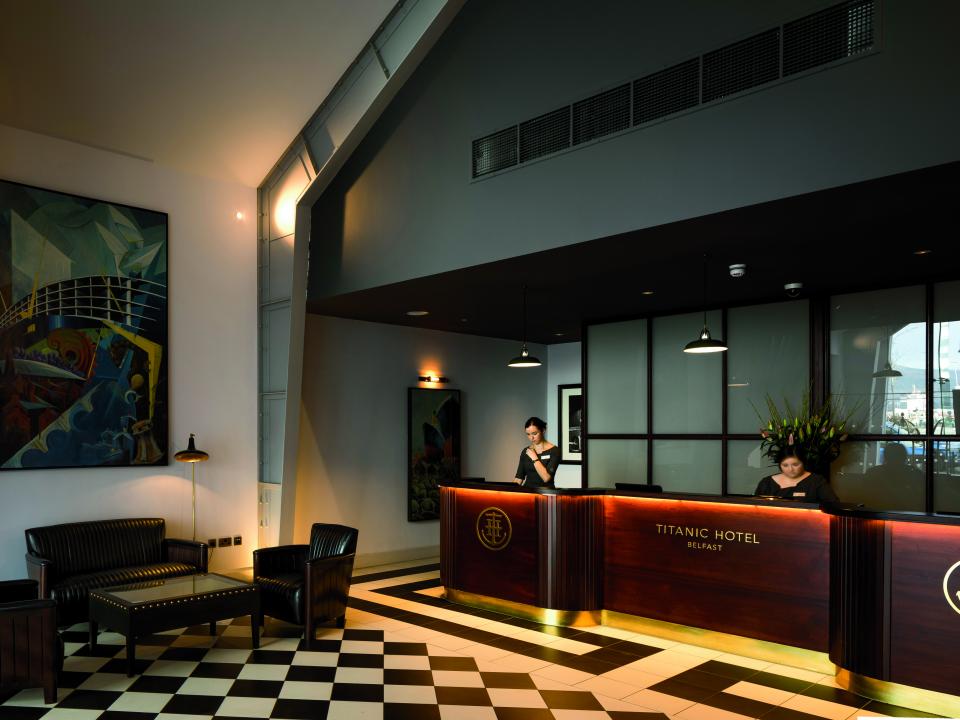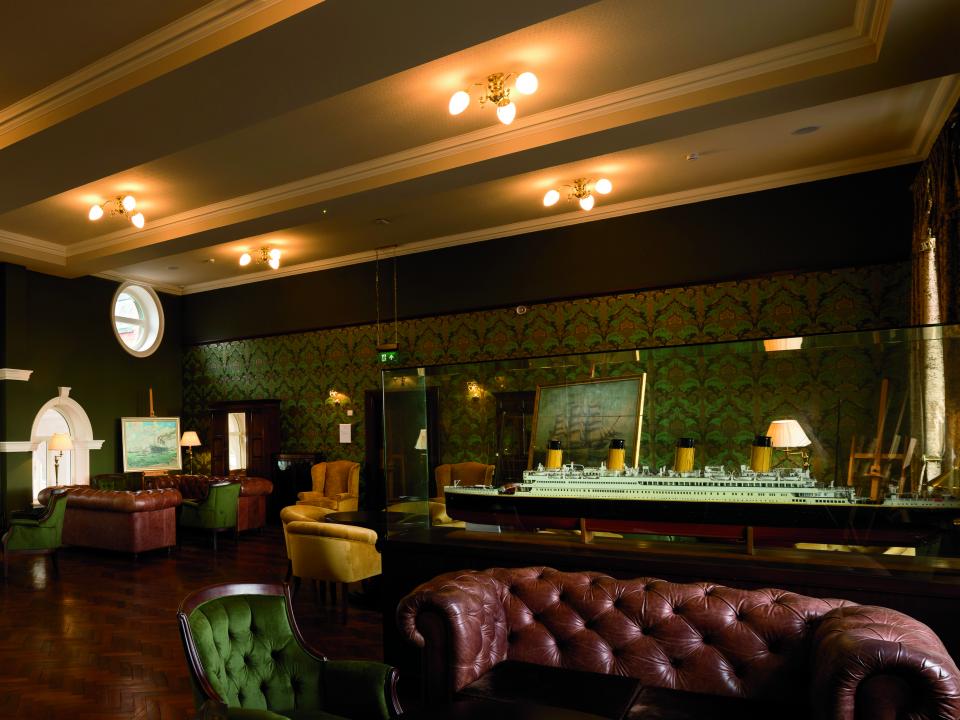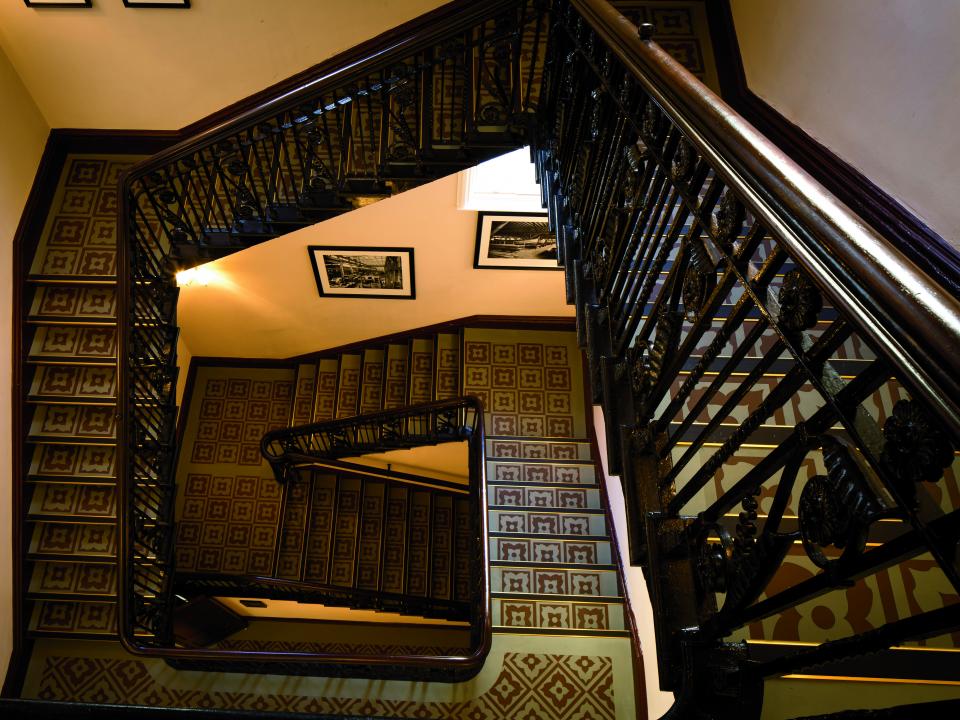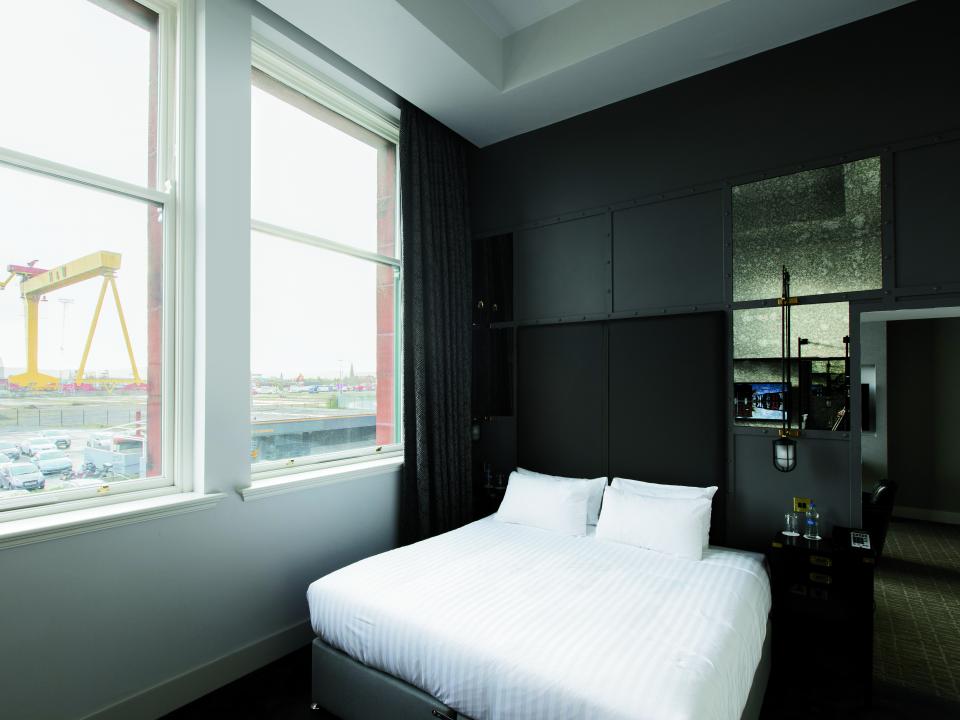Project description
Since the 1880s Harland & Wolff Headquarters building, known locally as the Drawing Office, was the nerve centre for the largest shipyard in the world. Thousands of ships were designed in the Drawing Offices and constructed on the adjoining slipways, including the White Star liners – Olympic, Titanic and Britannic and naval warship HMS Belfast. After two years of construction and restoration, Belfast’s Titanic Hotel has officially opened to the public. The hotel has augmented the already abundant natural light with skylights run the length of both rooms with more glass along the entire front of the hotel. Heritage spaces retained in the development include the board room, directors’ entrance lobby and former directors’ offices which are also preserved. All “authentic spaces” have been retained in the building including the Telephone Exchange, which received the first communication of RMS Titanic hitting the iceberg on the night of April 14, 1912.
Contractor
McLaughlin Taylor Drylining
McLaughlin Taylor Dry-lining is one of the country’s leading dry-lining contractors with experience across Ireland & the UK.
Key Achievements
- High levels of technical support provided by Gyproc Specification Team at early design stages ensured that the design team favoured Gyproc Plasterboard Solutions.
- The construction of a contemporary, boutique hotel while maintaining the authentic landscape of the original turn of the century historic building.
- Solutions provided were sensitive to the listed building and satisfied the concerns of the conservation architect.
Key Challenges
- This was a major intervention in a historic, listed building and both the designers and builders had to work within the restrictions of the original structure.
- To ensure that all regulatory fire and acoustic performance criteria were achieved.
- Working with the confines of a bustling tourist area.
